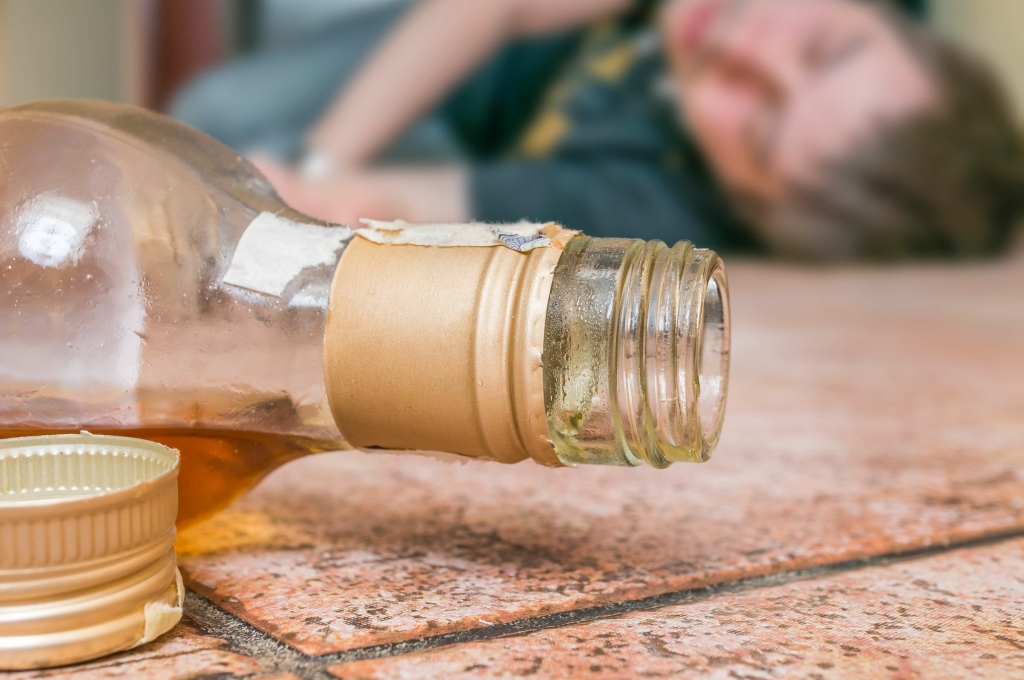- 12/04/2021
- -
- Ebu Davud
- -
- Sober living
- -
- Komentari isključeni za Different Types of Alcoholics: Understanding Each Type
Finally, the article presents data from a recent replication of the Stockholm adoption study in a different population of Swedish adoptees. If you or someone you know suffers from alcohol use disorder, seek treatment as soon as possible. The 2021 National 5 types of alcoholics Survey on Drug Use and Health (NSDUH) reveals that 28.6 million adults aged 18 and older (11.3 percent of this demographic) experienced alcohol use disorder (AUD) in 2022. Alcoholism is a chronic, progressive disease affecting millions of people worldwide.

Many of the effects of drinking every day can be reversed through early intervention. That is why alcohol detox and alcohol withdrawal treatment is administered by medical professionals. If you find that the above descriptions resemble you or a loved one, you’re not alone. At The Recovery Village, we offer evidence-based treatment methods that can address every aspect of each client’s treatment needs. We want to guide you down the path to recovery – call today to learn more.
The 5 Types of Alcoholics
These drinks combine various types of alcohol with other ingredients like fruit juices, soda, or bitters. From classic cocktails that have stood the test of time to innovative concoctions born out of modern mixology, there’s a cocktail for every palate. Standard wine typically contains less than 14% ABV, falling within the range of 12–15%. Fortified wines, on the other hand, have a higher alcohol content due to the addition of distilled spirits, which makes them a type of fortified wine.

About 75% have never been married, 36.5% are still in school, and 54% work full time. Approximately 22% have a first- or second-degree family member who is also dependent on alcohol. Compared to other types of alcoholics, young adults are less likely to have psychiatric disorders or legal problems. Treatment for chronic severe subtypes usually begins with a medical detox period and continues with an intensive treatment program for co-occurring mental health disorders and AUD. Clients in treatment should also receive support managing any legal issues, finding work, and connecting with housing.
Wine: Fermented Grapes and Beyond
The disorder makes a person who has it experience an intense desire for alcohol even when it adversely affects their health. However, referring to a person with this condition as an alcoholic has negative connotations that can be harmful and hurtful. Knowing where you or your loved one falls under the five categories of alcoholics can help you recognize and understand the signs of a developing addiction. It can also serve as a guide to what treatment programs can help best. They often have steady jobs, relationships, decent family incomes, and have accomplished a higher education. The effort was made to categorize different types of alcoholics, partly to dispel the myth that there is a typical alcoholic.
Alcoholism is a huge problem in the United States, and these issues must be addressed appropriately. There are many types of alcoholics which complicate the situation as alcoholism is not a one-type-fits-all. Sub-categories are important and reveal a true representation of alcoholism and negative drinking patterns within the U.S. If you or someone you know is struggling with alcohol addiction, it’s important to remember that help is available. There are a variety of treatment options, including therapy, support groups, and rehabilitation programs, that can provide the support and guidance needed to overcome addiction. However, with spirits, the process involves an additional step of distillation, which concentrates the alcohol content.
Alcoholics Resource Center
Another factor is whether or not someone is also addicted to other drugs. This additional substance abuse is noted as co-occurring substance dependence, which can be caused by alcoholism or go on to cause alcoholism. The type of alcoholic can also be determined by any additional mental health diagnoses. Individuals in this group are about 38 years old and initially started drinking around the age of 16. However, for this group, alcohol dependence typically develops at around 29 years old.
- Treatment providers are available 24/7 to answer your questions about rehab, whether it’s for you or a loved one.
- Members of this group are 2.5 times more likely to be male than female.
Najnoviji komentari